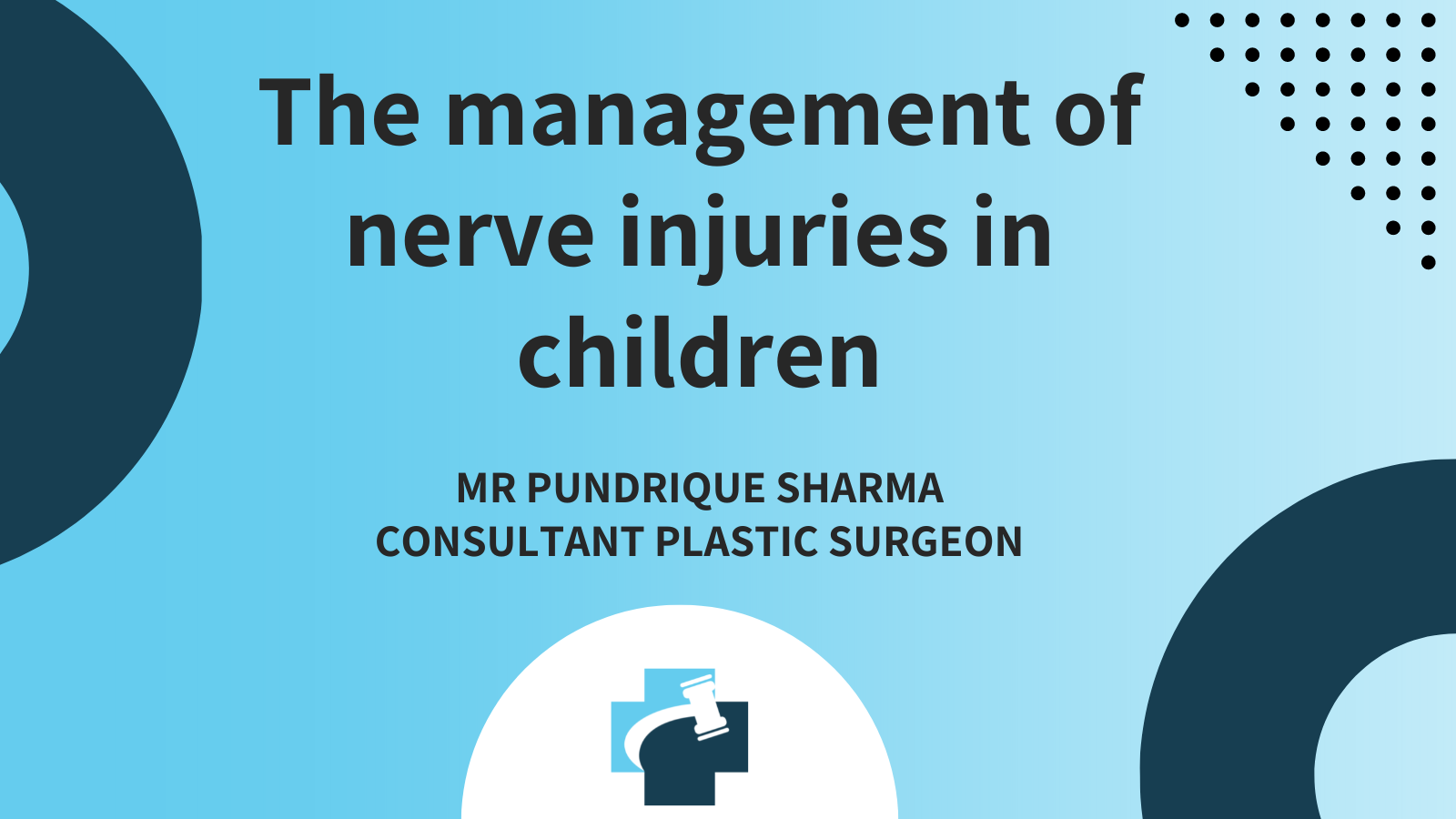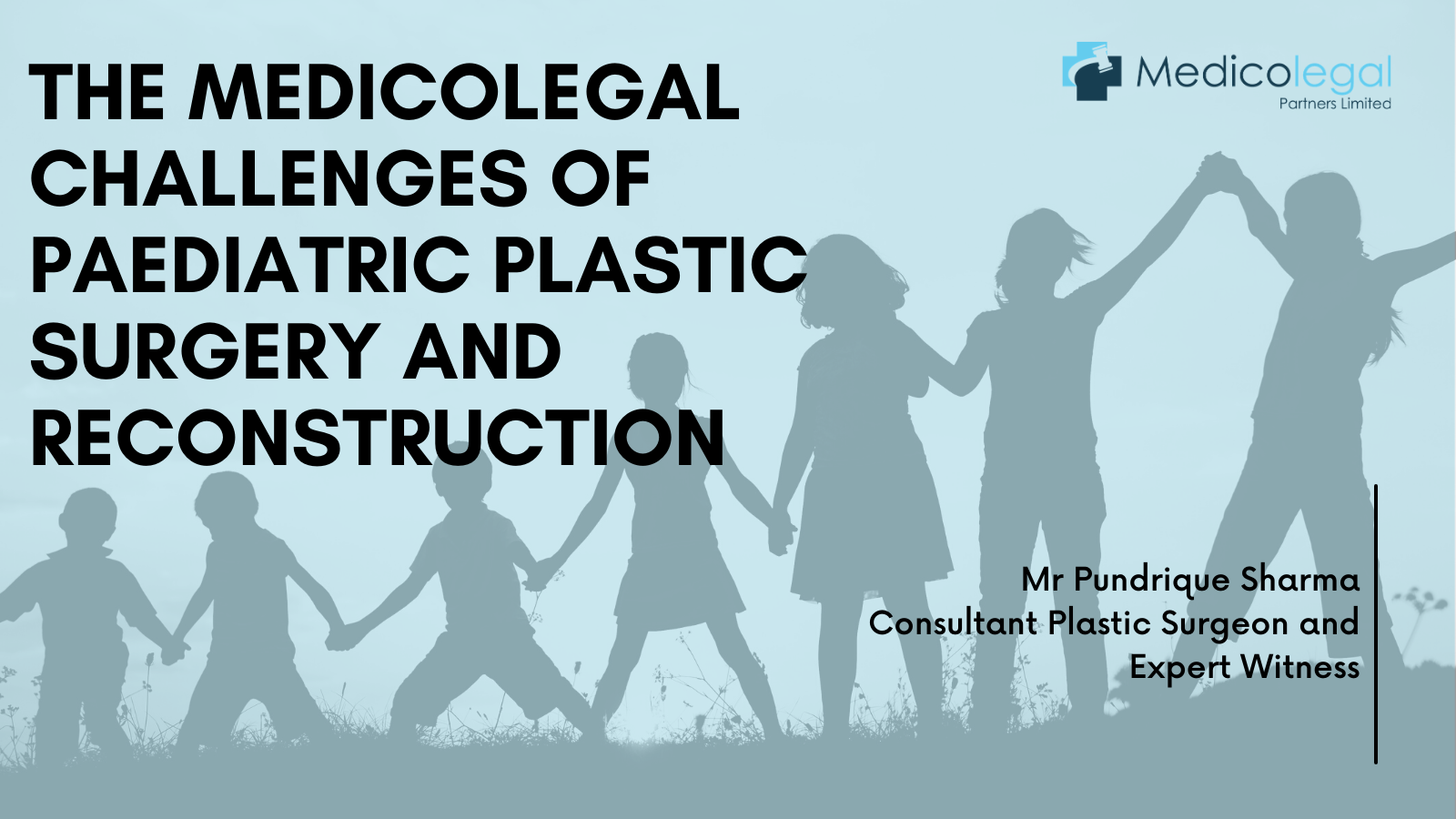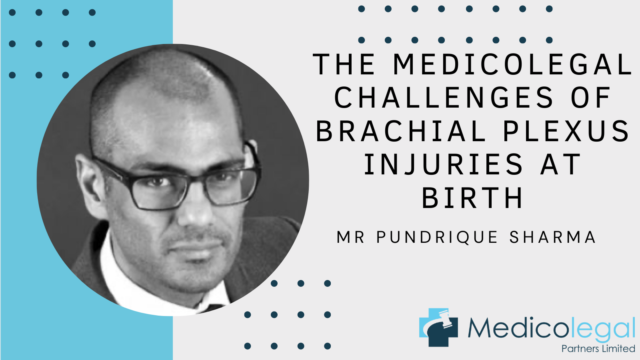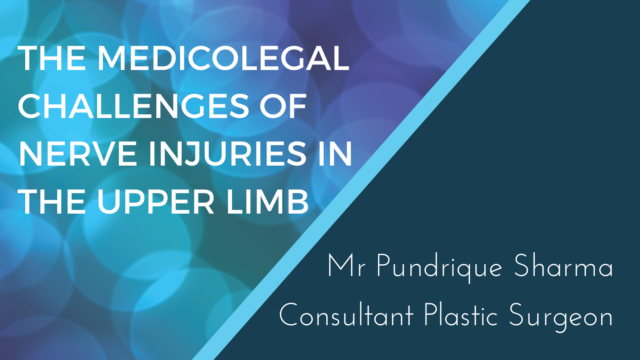The management of nerve injuries in children

A major nerve injury can be devastating for the patient and full functional capability may never be regained, particularly when the injury occurs in adulthood. Conversely, children tend to recover much faster and experience better functional results after nerve repair than adults do. This is partly due to the shorter distance from the repair site to the target muscle, hence the more rapid recovery, and also to the superior capacity of the paediatric central nervous system to adapt to environmental change, whether external or internal (1, 2). Functional recovery is related to the age of the patient at the time of the injury, with the best results being seen in those injured in early childhood (2). Other determining factors include the type and location of the injury (2, 3). Nerves that are crushed or stretched usually have a more favourable prognosis than those that are completely torn or cut (2). Early surgery usually gives better results than when there is a delay in operating (2, 3).
Peripheral nerve injuries are very common in children and frequently occur following fractures and soft tissue injuries. Identification of damage associated with open injuries is usually straightforward, but when there is a closed injury, it may be more problematic. It can be difficult to persuade a young child to submit to a thorough clinical assessment and, particularly in the very young, communication may also be an issue. Therefore, the diagnosis of a closed nerve injury can sometimes be delayed and this may affect the outcome (1). The majority of closed nerve injuries are found around the elbow joints and are often associated with supracondylar humeral fractures (1, 4, 5). The median nerve is most often affected, although the ulnar nerve is the one most commonly involved in iatrogenic damage, especially after pinning of the fracture (1, 4-6). This is because of the unusual anatomy of the ulnar nerve around the elbow, which increases the risk of injury during medial pinning, particularly if swelling in the area hinders correct pin placement (1, 7).
Although relatively rare, Obstetrical Brachial Plexus Injury (OBPI) is a serious nerve injury, which may not only cause varying degrees of arm paralysis but also affect the subsequent growth of the upper limb. Any resulting deformity can severely impact a child’s participation in daily activities and have a high psychological burden. This condition is most commonly caused by stretching of the brachial plexus during a difficult delivery, particularly where the baby’s shoulders become trapped (shoulder dystocia). Many cases do resolve, but some children are left with a complete paralysis of the affected limb. Shoulder stiffness can lead to growth problems in the glenohumeral joint, which need to be treated before further deformities result. The prognosis of BPBP is determined by many factors, including the quality of the initial management of the condition. Therefore, the early examination is crucial in establishing the diagnosis and assessing the severity of the lesion (8).
Injuries caused by neural entrapment, such as carpal tunnel syndrome, are unusual in children and, as a result, often go unrecognised. However, it is possible that these neuropathies in paediatric populations are actually a manifestation of a genetic condition or syndrome. Therefore, clinicians should consider this possibility so that a correct diagnosis can be made. A failure to treat entrapment injuries can result in chronic pain, which might give rise to prolonged absences from school, and restrictions on the activities, such as sports, that the patient can participate in. There is also a psychological burden associated with coping with chronic disease. In contrast with most other nerve injuries, these conditions are not easy to treat in children. Nonsurgical approaches often give disappointing results compared to similar treatment in adults, although the reasons for this are not clear. Decompression of the ulnar nerve at the elbow also has much higher failure rates than in adults (9).
As the possibility of nerve injury exists in all fractures of the upper limb, it is important that a thorough physical examination of both motor and sensory function is carried out prior to and after treatment to identify all cases of preoperative trauma-associated nerve injury (1, 5). It is particularly important to establish the type of injury, as this will form the basis for subsequent treatment (6). However, nerve injuries in children can be challenging to characterise (10). Furthermore, complete neurological assessment in children is not without difficulty. Immediately after an accident, pain and anxiety may mask or exacerbate symptoms, and compliance with diagnostic tests is particularly poor in pre-school age children. While motor function is relatively easy to assess, the same is not true of sensory function, although procedures such as the skin wrinkle test can be useful in evaluating sensory recovery (1).
Once a nerve injury has been identified, the first treatment approach should be conservative to allow spontaneous recovery of function, as many minor injuries will resolve fully over time (1, 4-7). Unfortunately, there is no specific cut-off point after which intervention should be considered, but if there are no signs of recovery after three months, further exploration is usually warranted. This often takes the form of neurophysiological testing, possibly combined with ultrasound visualisation of the damaged nerve. Ultrasound is favoured over other techniques, such as magnetic resonance imaging (MRI), as it is easy to use, non-invasive and produces images of a higher resolution (1). However, MRI of the cervical spine is useful where surgical intervention in BPBP is planned, as it can directly visualise the spinal cord and help in identifying evidence of radicular avulsion, which may significantly influence the surgical strategy chosen (8).
During conservative treatment, clinical examination should be repeated frequently, to assess progress and identify patients in which early surgical repair will give a better result than a conservative approach (8). If there are no signs of functional recovery after at least 6 months, surgical repair of the nerve may be considered. However, the timing of surgery is controversial, not least because some children exhibit a delayed recovery, which can occur long after the expected healing process is considered to be over(1, 8). Therefore, each patient should be assessed on a case-by-case basis; if there are some signs of recovery, extra waiting time may avoid the need for surgery and its inherent risks (1).
Various surgical repair techniques are available, including release of scar tissue (neurolysis), direct repair, nerve grafting, nerve transfers, nerve conduits and tendon transfers (1, 10), and the most important factor when selecting one is the time interval after the original injury. Direct nerve repair is only indicated for acute lacerations and is rarely performed on old injuries. Where a nerve has been completely severed and the two ends cannot be re-joined, nerve grafting or nerve transfers can be used to bridge the gap (1, 8, 10). For injuries where nerve reconstruction is not possible, tendon transfers may be the most appropriate method for restoring active movement. The donor tendon should be selected on the basis of expendability, synergism for easier postoperative rehabilitation and adequate donor muscle strength and range of movement.
Nerve injuries are relatively common in the paediatric population, especially following fractures and soft tissue trauma. In general, children have a better prognosis than adults and, in many cases, the nerve will heal by itself over time. However, nerve injuries in children do present some specific challenges. Thorough examination can be difficult and the exact nature of the injury hard to classify. While initial treatment should almost always be conservative, there is no consensus on the optimal timing for surgical intervention, and the decision to operate is complicated by the fact that early intervention usually gives better results, whereas delaying may give more time for spontaneous recovery to occur. Once surgery has been decided upon, a variety of techniques are available to repair the damaged nerve and restore function to the affected area, thus giving a good outcome for the patient.
References
1. Catena N, Gennaro GLD, Jester A, Martínez-Alvarez S, Pontén E, Soldado F, et al. Current concepts in diagnosis and management of common upper limb nerve injuries in children. J Child Orthop. 2021;15(2):89-96.
2. Costales JR, Socolovsky M, Sánchez Lázaro JA, Álvarez García R. Peripheral nerve injuries in the pediatric population: a review of the literature. Part I: traumatic nerve injuries. Childs Nerv Syst. 2019;35(1):29-35.
3. Barrios C, de Pablos J. Surgical management of nerve injuries of the upper extremity in children: a 15-year survey. J Pediatr Orthop. 1991;11(5):641-5.
4. Ramachandran M, Birch R, Eastwood DM. Clinical outcome of nerve injuries associated with supracondylar fractures of the humerus in children: the experience of a specialist referral centre. J Bone Joint Surg Br. 2006;88(1):90-4.
5. Duffy S, Flannery O, Gelfer Y, Monsell F. Overview of the contemporary management of supracondylar humeral fractures in children. Eur J Orthop Surg Traumatol. 2021;31(5):871-81.
6. Amit B, Ashish D, Vinit V, Raj S, Shivani B, Narender M, et al. Missed ulnar nerve injury and closed forearm fracture in a child. Chin J Traumatol. 2013;16(4):246-8.
7. Federer AE, Murphy JS, Calandruccio JH, Devito DP, Kozin SH, Slappey GS, et al. Ulnar Nerve Injury in Pediatric Midshaft Forearm Fractures: A Case Series. J Orthop Trauma. 2018;32(9):e359-e65.
8. Abid A. Brachial plexus birth palsy: Management during the first year of life. Orthop Traumatol Surg Res. 2016;102(1 Suppl):S125-32.
9. Costales JR, Socolovsky M, Sánchez Lázaro JA, Costales DR. Peripheral nerve injuries in the pediatric population: a review of the literature. Part II: entrapment neuropathies. Childs Nerv Syst. 2019;35(1):37-45.
10. Kaufman Y, Cole P, Hollier L. Peripheral nerve injuries of the pediatric hand: issues in diagnosis and management. J Craniofac Surg. 2009;20(4):1011-5.




